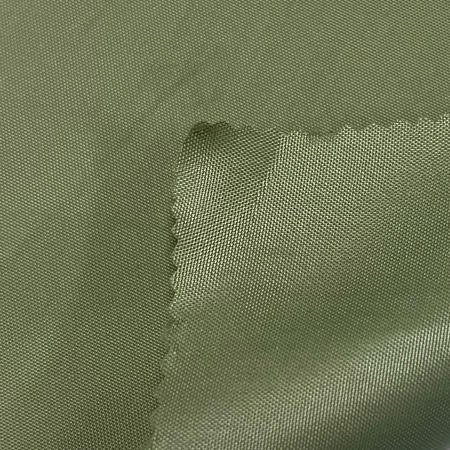Synthetic fabrics in outdoor sleeping bags retain warmth in damp conditions through a combination of their water-resistant properties and the unique structure of synthetic insulation. Here’s how they manage to keep users warm even when wet:
1. Hydrophobic Nature
Synthetic materials like polyester and nylon are hydrophobic, meaning they repel water rather than absorb it. This characteristic prevents the fabric and insulation from becoming saturated with water, which would otherwise reduce the sleeping bag's ability to trap heat. Unlike natural fibers such as cotton, which absorb moisture and lose insulation properties, synthetic fabrics shed water, allowing them to retain their insulating capacity.
2. Synthetic Insulation Structure
Synthetic outdoor sleeping bag fabrics often use hollow-fiber or microfiber insulation, which mimics the structure of natural down. These fibers are designed to create air pockets, which trap warm air and provide insulation. Even when exposed to moisture, the synthetic fibers maintain these pockets, preventing the collapse that occurs in natural down when it gets wet. This allows the sleeping bag to continue trapping body heat, even in damp conditions.
3. Quick Drying
Quick-drying properties of synthetic fabrics further contribute to their ability to retain warmth. While moisture may penetrate the outer layers or insulation, synthetic materials dry much faster than natural fabrics like cotton or wool. This rapid drying helps minimize the cooling effect that moisture can have on the sleeping bag, ensuring the user stays warmer for longer.
4. Low Thermal Conductivity
Synthetic fabrics and insulation have low thermal conductivity, which means they do not easily transfer heat away from the body. Even if some moisture is present, the synthetic fibers do not allow body heat to escape as quickly as natural fibers, which can become cold when wet. This helps retain warmth, even in less-than-ideal weather conditions.

5. Moisture Wicking
Many synthetic fabrics used in outdoor sleeping bags are designed to wick moisture away from the body. This means they draw sweat and moisture to the outer surface of the fabric, where it can evaporate more easily, preventing the buildup of dampness inside the bag. By keeping the interior of the sleeping bag dry, synthetic fabrics help maintain warmth more effectively.
6. Resilience in Wet Conditions
Unlike natural materials like down, which clumps together when wet and loses its insulating properties, synthetic insulation remains lofted even when it gets damp. This resilience allows the synthetic sleeping bag to continue providing insulation in humid or rainy environments, making it an ideal choice for outdoor adventurers facing unpredictable weather.
In summary, synthetic fabrics in outdoor sleeping bags retain warmth in damp conditions through their water-resistant nature, moisture-wicking ability, quick-drying properties, and the unique structure of synthetic insulation that maintains loft and air pockets even when wet. This makes them highly effective at keeping users warm in challenging outdoor environments.















